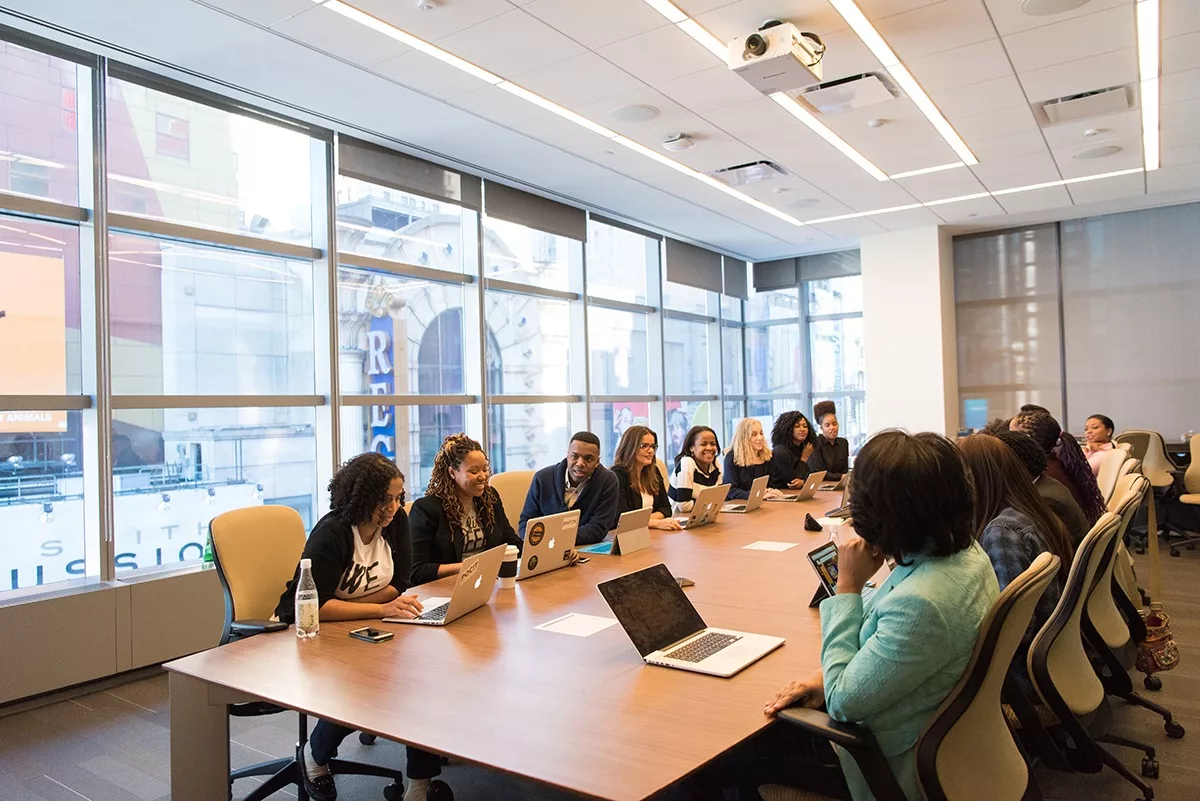Diversity is a buzzword in the modern workplace; we know we want more of it, but we’re not sure how to get there or even why it’s important. It’s one thing to consciously hire people from different backgrounds, but so-called diverse hiring isn’t the beginning-and-end of a multicultural workplace. Why? Because you can hire people of every background imaginable, but if you don’t actively include them, value them, and support them, they won’t be engaged. Hiring someone for their background without valuing their insight as a person is the epitome of tokenization, and that’s not diversity.
Diversity can lead to profound growth and innovation for your company, but only if it’s done right. To unlock diversity and inclusion in the workplace, you need a program that creates opportunities for those employees to be heard. Mentorship is just one of these programs, and when used correctly, it benefits everyone involved.
The Difference Between Diversity and Inclusion
A company can have a stellar diversity policy. Human resources (HR) and management can go out of their ways to hire a diversity candidate for every new position. But even the best-intentioned teams mistake diversity for inclusion. When they do, they leave behind a chasm that stops them from enjoying the true benefits of a diverse staff and prevents the new hire from ever truly feeling at home.
Diversity can be used as a hiring tool that encourages teams to pick candidates of different backgrounds to join them on the battle lines. Inclusion means taking those people’s experiences and perspectives on board and assigning value to them. In other words, diversity gets more people in the door, but inclusion is what allows them to do their best work and advance their roles. Inclusion allows all people on your team to belong. Employees who feel they belong are more engaged and contribute the best version of themselves to their role.
A lack of inclusion can be the product of unconscious bias as well as a failure of the management team to appreciate the difference between these two concepts. Mentorship is a strategy for unlocking inclusion and ensuring your company doesn’t just hire diverse teams but values them every day.
Why Mentorship Unlocks Inclusion
Diverse hiring practices are only the first step in your journey towards true inclusivity. Without inclusion, most programs will fail to produce meaningful results. In fact, one study showed that a truly poor diversity program can actually increase bias in the workplace among individuals.
Mentorship is a vital component of successful inclusion programs because it creates an opportunity to engage with employees. What’s interesting about mentorship as a method for diversity is that it offers benefits for both the mentor and the mentee, particularly when the mentorship matches-up two people who are actually very different.
It’s not hard to see why this works: inclusion requires people to value the differences between them and then leverage them in a way that benefits everyone. Traditional mentorships pair-up people whose strengths are similar, but unlikely pairings secure more interesting, dynamic, and inclusive results.
When two people have real differences, the relationship takes more work; both must put in a concerted effort to learn, understand, and accept. The pair ask different questions, and their answers reveal new understandings, challenges, and solutions. It becomes a true give-and-take that teaches the mentor as much as it teaches the mentee. As the relationships develop, the process of mentoring across differences transforms into a new organizational culture that values people for who they are.
What It Takes to Mentor Successfully
Mentorship isn’t forced friendship. There needs to be rules, boundaries, and guidelines to support the program if you want it to be successful. Getting it right is important not just for working towards the goal of inclusivity but because when mentoring goes wrong, it can be very destructive for everyone involved. Negative mentoring experiences will not only send bright minds packing but will also create emotional, psychological, and even physical damage.
Starting with skills specific to mentors is imperative. You can build a flagship program that’s groundbreaking, but if there aren’t people on the ground who can put it into action, then it’s just an expensive piece of paper. Mentors should be equipped with excellent listening skills, an understanding of how to provide feedback, and cultural sensitivity and unconscious bias training. Research shows that mentors also need training in how to foster independence and promote development. Without these building blocks, no amount of software or good intentions will save your program.
Ultimately, inclusion is everyone’s responsibility, but it requires more than a hope, dream, and commitment to diverse hiring. Every business still needs a program to help guide your organization towards the goal of true inclusivity, which allows you to value your employees for who they are and what they offer rather than their contribution to your hiring figures. Mentorship is a key part of this kind of program, but only when it’s done well. If you’re willing to put in the work, mentor your mentors, and really commit, then you can unlock the best in your employees both as workers and as human beings.







